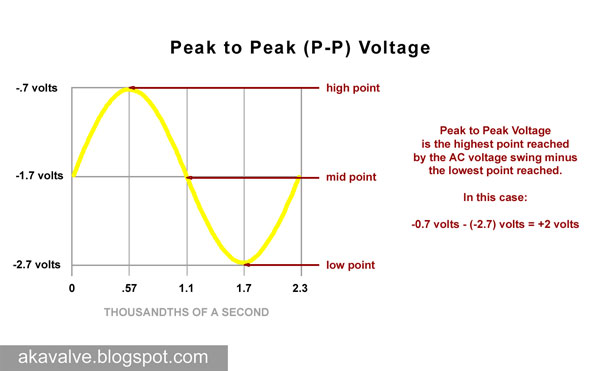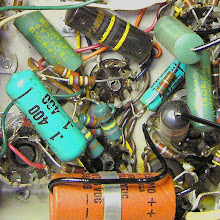Sound is change. That is, what we perceive as sound is our ears registering variations in air pressure. Air pressure is changing with the weather all the time. But what our ears are sensitive to are very quick fluctuations - between 20 and 20,000 times a second. If there are variations in air pressure back and forth between a higher and lower pressure at 440 times a second what we hear is an "A" note ("A 440" to be specific). It doesn't matter what the barometric pressure is that day, what our ears register as sound are the changes.
For an amplifier to pass "sound" the signal inside it has to be electrically equivalent to these fluctuations. You can think of it as an electrical picture of the sound we hear. The changes in air pressure have corresponding "electrical pressures" (voltages) inside the amplifier. When the output voltage of the amplifier is applied to the speaker the movement of the speaker produces variations in air pressure which we perceive as sound. If a voltage varies back and forth between 1 volt and -1 volt at 440 times a second, the speaker will vibrate at that same rate and we hear an "A" note.
I mention this in order to introduce the concept of alternating current (AC) which will be essential in completing our discussion of preamp bias.
To uderstand AC let's look first at a graph of direct current (DC) voltage over time:

If you were to measure the voltage at an instant it time your reading would be the same at 1 second as it would be at 2 seconds, 3 seconds or 4 seconds. That's the definition of DC. No change.
Now imagine a voltage that rises and falls as time passes:

If you could measure the voltage at an instant of time your reading would depend on what instant in time you chose. At 1 second the voltage would be 2 volts.

But a second later it would be 1 volt:

We don't talk about AC in terms of "+1 volt at 2 seconds". It's really not practical to measure a voltage at an instant in time. Instead we have a few different ways of quantifying an AC voltage. The one we'll use here is probably the easiest to understand. It's called "Peak to Peak". It's simply a measure of how much the voltage changes from it's lowest to it's highest point:

Just subtract the lowest voltage from the highest voltage and you have the Peak to Peak (abbreviated P-P). The above example is pretty straightforward. Since the lowest voltage is zero the P-P voltage is the same as the voltage at the high point - 2 volts.
Let's look at a slightly more complicated example.
Let's make the highest voltage a negative value, -.7 volts. The lowest value will have to be lower than that, or even more negative. Let's make it -2.7 volts:

The difference between the two is 2 volts, the same as in our first example.
You may have noticed anther change in this example. I've changed the time scale on the bottom of the graph. Instead being 0 to 4 seconds it's 0 to 2.3 milliseconds. The graph shows one complete cycle of the sine wave, going from the mid point to the high peak, to the low peak and returning to the mid point. In the previous example one cycle took 4 seconds to complete. In this one it takes 2.3 milliseconds or .0023 seconds - much quicker.
If one cycle takes only .0023 seconds how many cycles happen in one second?
It's 1 divided by .0023. Rounding up that's 440 Hz - the "A" note mentioned in the opening of this post.
We'll get to why I chose those voltages and what it has to do with our whole bias investigation in Part 6b.




2 comments:
Enjoying these posts. Is the 6b chapter coming soon?
You're really good at this. This is for the first time this abstract matter starts making sense to me. I would love to read part 6b. Or buy your book if would have one...
Post a Comment